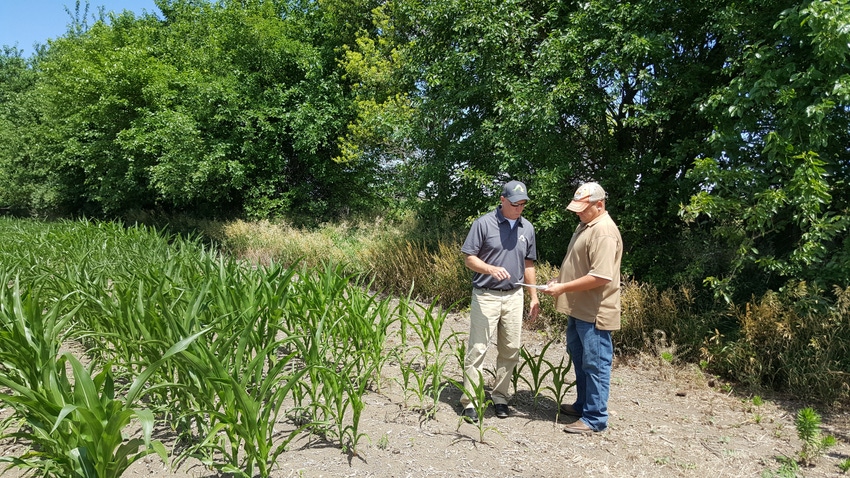
Think Different
A look at profit/loss maps from the past couple of years made farm manager Nate Douridas realize change needed to happen. He said like every farm, the Ohio State University Molly Caren Farm that he manages has to generate income. The maps showed some acreage was simply not profitable. A plan had to be created to address the problem. That’s where AgSolver came in, used the data and devised a plan, easy to see in map form. Money was being lost. However, by working with Pheasants Forever, the hope is that the losses stop.
----------------
After a deep look at budget sheets, Nate Douridas, Ohio State University Molly Caren Farm Manager, said it was clear some changes needed to be made to the farm’s 1,370 acres in crop production.
The Precision Ag Business Planning project began in April 2016 when Ohio State University expressed interest in enrolling some acres into the Conservation Reserve Program.
Douridas said the decision was made to go back ten years and work forward looking at yield and profit maps. Most farms would only go back three years but the OSU Molly Caren Farm went back 10. “We wanted to find out where we weren’t getting what we should, as well as look at the areas doing great,” said Douridas.
Field shading cost yield
 One thing was clear, the first 40 to 100 ft. of a field near a tree border was impacted. The maps showed reduced yields even though the land was getting the same inputs thanks to precision farming used on the property. “The land was always in the shade and it made an impact on the crops,” said Douridas.
One thing was clear, the first 40 to 100 ft. of a field near a tree border was impacted. The maps showed reduced yields even though the land was getting the same inputs thanks to precision farming used on the property. “The land was always in the shade and it made an impact on the crops,” said Douridas.
So, a decision was made to meet with Pheasants Forever, as well as input all farm data since 2014 into the Profit Zone Manger (PZM) software developed by AgSolver.
By using this model, the results made it clear that something needed to change. The computer showed profits for most of the fields, but losses were occurring in field edges along woods, along overgrown fence lines and in other areas of fields.
Remove unprofitable acres
In order to reach the maximum potential of every field, Douridas decided to maximize the yield goal and decrease inputs by moving the poor-performing acres into conservation programs – which creates environmental benefits.
By using Profit Zone Manager and working with Pheasants Forever wildlife biologist Michael Retterer, Douridas decided to enroll a total of 35.5 acres into the CRP quail buffer (CP33) program.
“We were able to extrapolate the footages by utilizing the PZM technology to create fields and export these shapefiles. The local USDA, NRCS and FSA officers were able to use these shapefiles to create boundaries for the areas being enrolled into the CP33 and provide a revenue projection accuracy down the penny,” said Retterer.
Also, a total of 19.96 acres were enrolled into a different CRP program – CP38E State Acres for Wildlife Enhancement (SAFE). These areas will be planted during spring 2017 to a native warm season grass and pollinator mix that contains beneficial species for both pheasants and pollinators. By building a buffer program, the goal is to increase the profitability of the whole field.
Make conservation profitable
Michale Musselman, AgSolver business director, says the idea is to make conservation work and ensure the farm makes a profit. By being able to see what is being lost in the AgSolver program, farmers are willing to look at different options for that portion of their farm and consider their choices.
That’s what happened at the Molly Caren Farm. Retterer said the land enrolled in the CRP programs means that 35.5 acres were set aside for quail and pollinator habitat, and the 19.96 acres were set aside for pheasant and habitat for pollinators as well. “No producer wants to take land out of production, but you aren’t. You are growing a commodity. It’s just pollinators for your crops,” he says.
By setting aside land not only for bird habitat but pollinator habitat as well then the collaborative effort will benefit all involved. “The potential tragedy of not having pollinators is an opportunity for everything to come together and work,” said Retterer. “If we have pollinators we have everything else we need.”
About the Author(s)
You May Also Like




